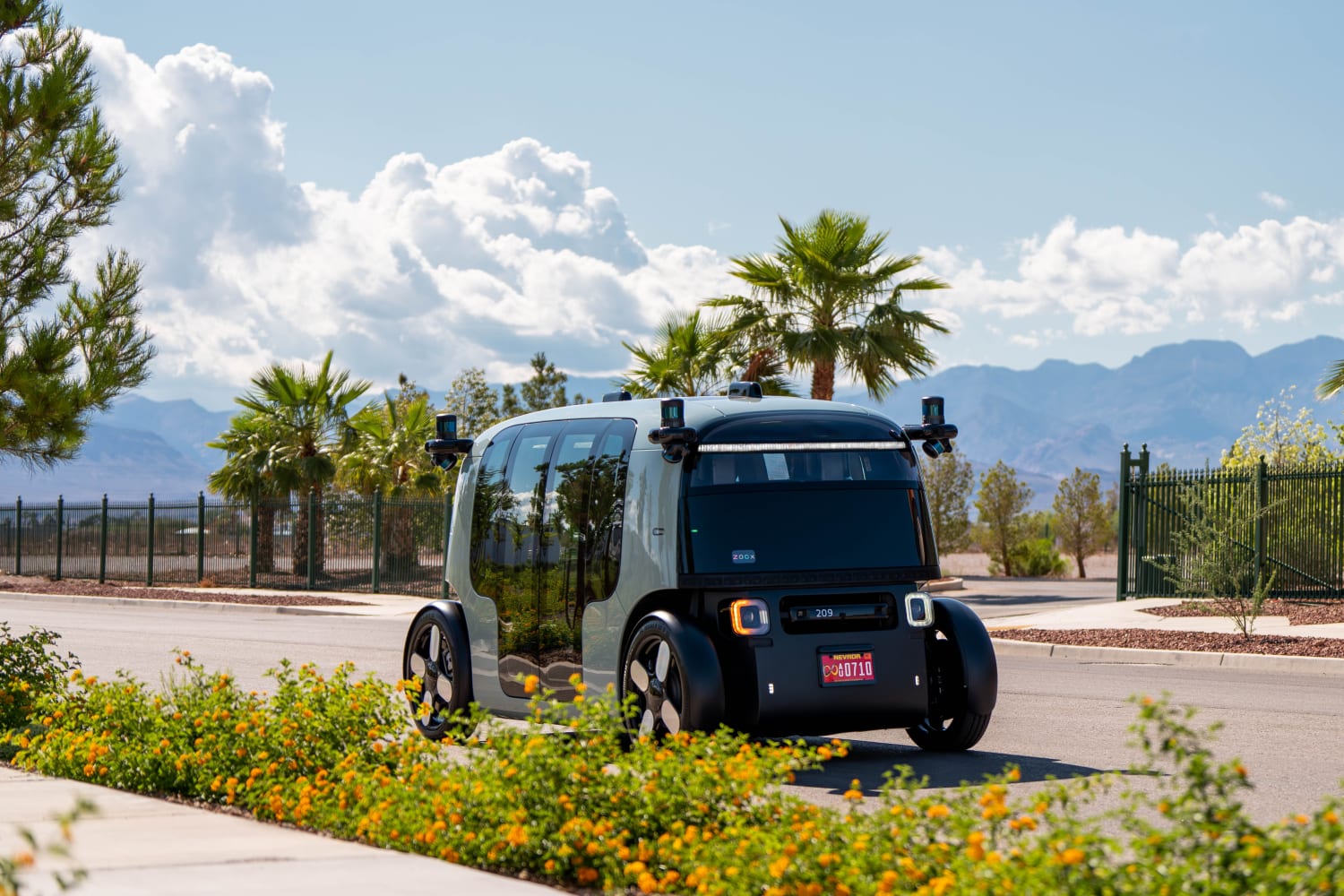Autonomous vehicles (AVs) are gradually making their commercial debut on city streets around the world in what experts describe as a ‘slow-drip adoption.’ But operators face rising opposition on safety, ethical and environmental grounds.
In August 2023, the driverless future passed a major milestone, as two robotaxi operators in San Francisco (Waymo, a subsidiary of Alphabet and Cruise, owned by General Motors) received the green light to offer paid passenger trips 24/7, without a safety driver on board.
Operators in the space are now outlining ambitious plans for expansion. Cruise is planning a million-strong US fleet by 2030 according to Fortune, while Waymo is aiming to increase its capacity by a factor of ten, to offer 100k rides per week by 2024.
As of now, passengers can hail robotaxis for paid rides in San Francisco, Phoenix and Austin, but pilots are spreading to more than a dozen cities, including Seattle, Atlanta, Houston, Miami and Los Angeles. Among several companies piloting the tech, Amazon-owned Zoox is joining the fray, recently extending testing of its fully autonomous robotaxis from Foster City, CA to Las Vegas, Nevada in preparation for a commercial launch.






